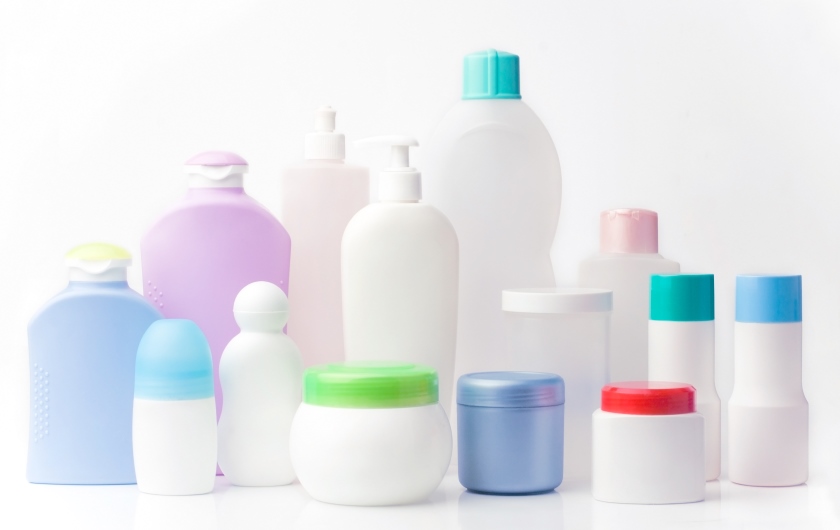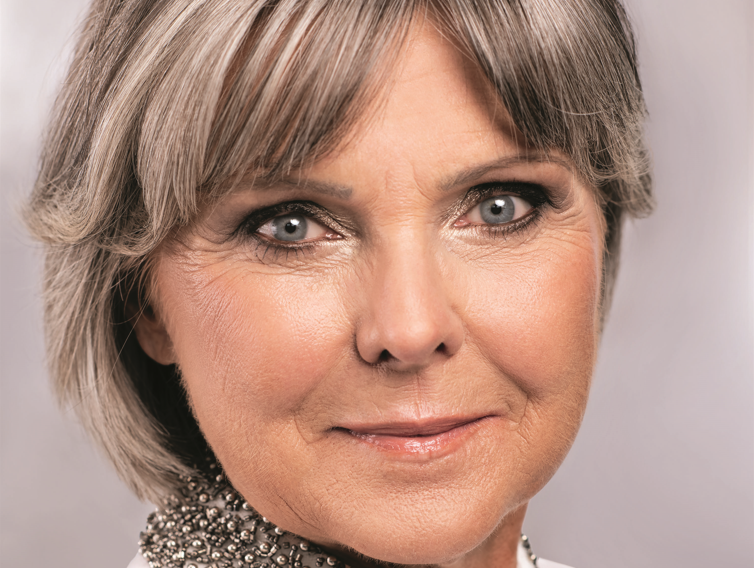Some “green” beauty products aren’t as green as you’d think
By Jennifer Hughes
Photo: iStock/TiktaAlik.
Beauty products come in a wide range of styles of packaging. Since most of that packaging is plastic, a lot of people assume that it can be recycled, but in most cases, lipstick tubes and makeup bottles end up in landfills—even if you’ve put them out for recycling. Beauty products tend to come in convenient packaging that is hard to separate and recycle, and it’s more economical to trash the products rather than waste resources trying to recycle them.
According to TerraCycle, a US recycling company that has become a global leader in recycling difficult materials, the world’s cosmetics industry produces 120 billion units of packaging each year, most of which isn’t recycled. In fact, an estimated 90% of plastics in Canada are incinerated or end up in landfills, lakes, parks, and oceans.
That’s the bad news; the good news is that some cosmetic companies are trying to cut down on packaging. Some of the largest consumer product companies, such as Proctor & Gamble, Unilever, Dove, Pantene, and The Body Shop, have partnered with TerraCycle to create Loop, a system to allow consumers to receive their deodorants, body lotions, and shampoos in reusable or fully recyclable packaging.
Other companies such as Aveda, Lush, Garnier, REN Clean Skincare, and L’Occitane are also doing their part to cut down on waste. Lush has cut down on a lot on packaging by offering refills and packaging-free products, while REN has decided to use recycled and recyclable plastics for its products.
“With recycled plastic, you’re working with a palette of greys. At first I was worried about that,” REN CEO Arnaud Meysselle has said. “But the consumers don’t care. In fact, they’re happy.”





